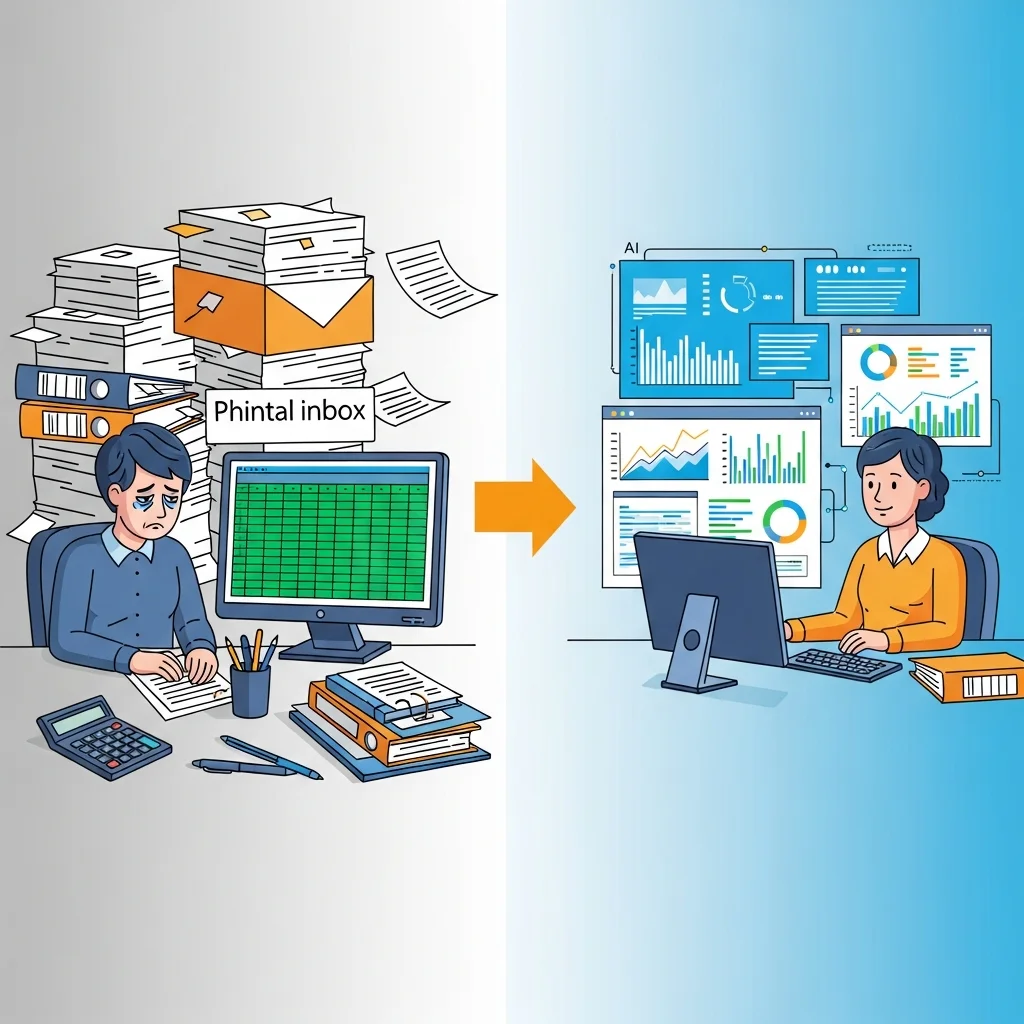UK accountants report productivity surge thanks to generative AI
A fresh wave of generative AI applications is delivering a striking productivity leap. Accountancy firms report that tasks that would normally take two weeks can now be completed in roughly two hours. This shift shows just how quickly AI can reshape traditional knowledge-work processes and offers valuable lessons for other economies, including the Netherlands.
Generative AI moves from experiment to core process
Only a few years ago generative AI was viewed chiefly as an experimental technology, yet it is now increasingly woven into the core processes of professional service firms. Within UK accountancy, practices rely on generative AI to analyse large volumes of financial data, draw up reports and prepare client files.
Many of these applications run on top of modern large language models, such as the latest GPT-5.1 and Gemini 3, combined with domain-specific data. By connecting these models to internal administration and documentation, routine checks, initial analyses and draft texts can be prepared largely automatically, after which a human professional reviews and fine-tunes the content.
According to those involved, the gain is not merely about time; it is also about a new way of working. Instead of manually gathering figures and trawling through spreadsheets, analysts now start with an AI-generated draft overview that already highlights the key anomalies, risks and trends.
Impact on work, infrastructure and investment decisions
At organisational level, accountancy firms report that teams can handle more files per period without hiring extra staff. At the same time, the focus is shifting from execution to review, interpretation and advice.
At a macro level the case points to a broader trend. When generative AI structurally accelerates routine knowledge-work processes, the balance between labour and capital shifts and organisations feel pressure to get their IT infrastructure in order. In the UK context this means accelerating investment in:
Cloud environments that provide secure access to AI models.
Data platforms where client and transaction data are well structured and easily found.
Governance frameworks that stipulate which AI systems may be applied to what and how outcomes are verified.
Dutch companies will recognise these issues. Those still running isolated AI experiments will soon have to scale up to a more structural set-up, with clear roles for IT, risk and the business line.
Risks around quality, confidentiality and bias
The developments in the UK also show that rapid adoption of generative AI brings new risks. For accountancy firms, these include the quality and explainability of analyses, the protection of sensitive client data and the management of model bias.
When AI models analyse accounting patterns, for example, a misinterpretation of exceptions can lead to overlooked risks or wrong conclusions. Leading firms therefore opt for a human-in-the-loop approach, in which AI mainly acts as an accelerator and assistant, while ultimate responsibility stays with certified professionals.
The provenance of the AI models being used is also becoming increasingly important. Recent releases such as GPT-5.1, Gemini 3 and Claude Opus 4.1 show that performance is improving rapidly, yet they also raise questions about data sovereignty, logging and retention periods. European regulators and sector bodies are therefore scrutinising how companies embed generative AI in their critical processes.
Lessons for Dutch organisations
For organisations in the Netherlands, both in the financial sector and in other knowledge-intensive industries, the UK case offers a number of concrete lessons.
First, generative AI proves most valuable in practice when it is deeply integrated into existing workflows rather than deployed as a standalone chatbot. That requires tailored processes, API integrations and clear use cases, such as automatically preparing periodic reports, clustering customer queries or summarising lengthy contracts.
Second, the biggest gains emerge where AI and humans complement one another. In the UK, for instance, AI delivers a first analysis within minutes, allowing seasoned professionals to spend their time on interpretation and strategic advice. This shifts the work profile from execution to roles with higher added value.
Third, organisations that are already investing in data quality and AI governance are building a head start. They can deploy new models—whether GPT-5.1, Gemini 3 or specialised sector solutions—more quickly and safely because their foundations are in place. Firms still wrestling with scattered data and unclear responsibilities will find it harder to keep pace with rapid AI innovation.
One image as visual context
To support the story, you could use a visual that illustrates the shift from manual work to AI-supported processes. Think of an image of an accountant looking at dashboards and charts together with an AI interface, symbolising the human-in-the-loop approach that sits at the heart of the UK experience.

